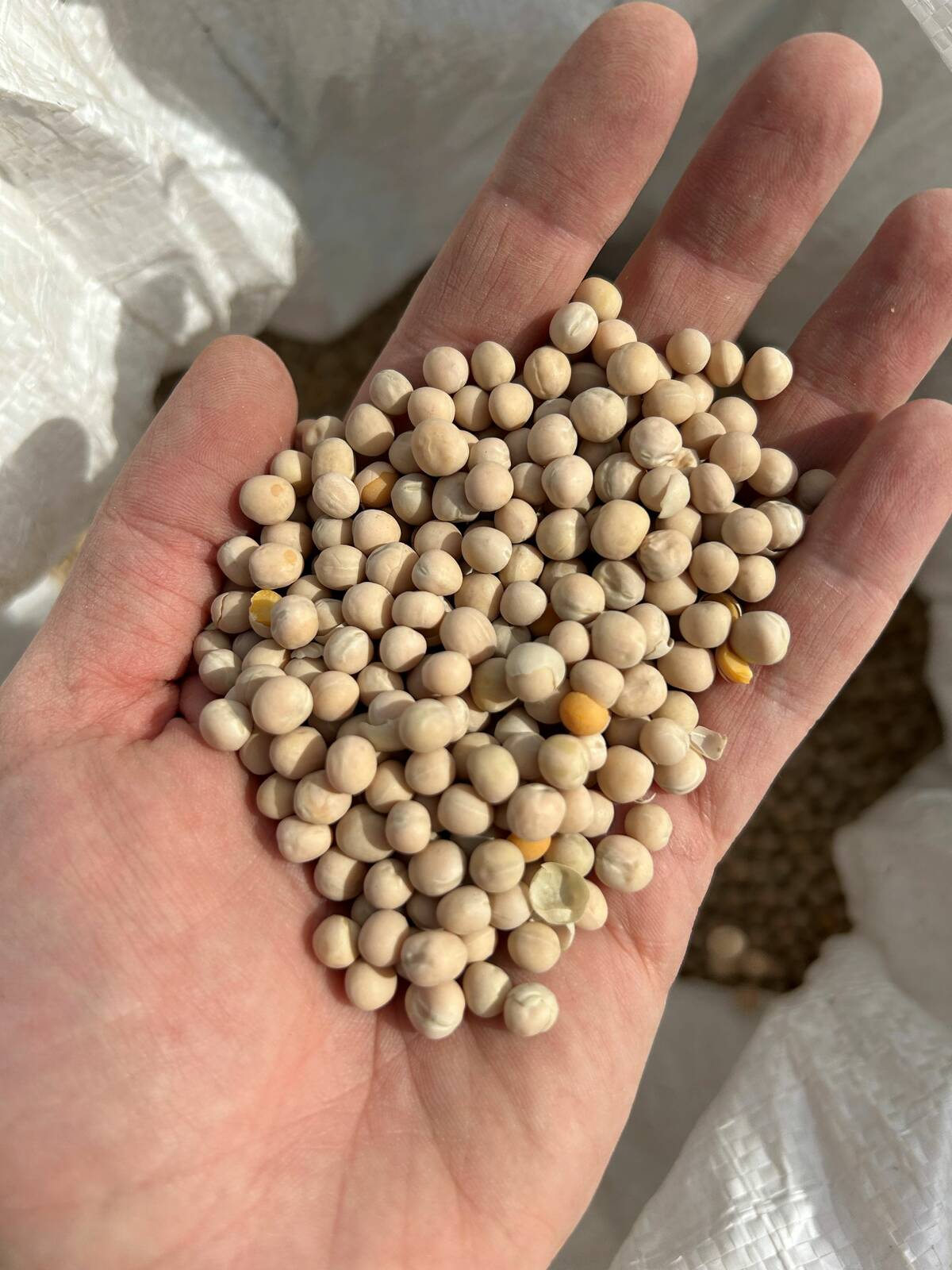Saskatoon trees in northeastern Alberta have become an unwilling host to an insect problem not seen before on the Prairies.
Federal forestry officials are studying the possible scope of the pest problem, which according to entomologist Greg Pohl of the Canadian Forestry Service has been sighted so far just in the Lac la Biche area, about 200 km northeast of Edmonton.
The pest problem first appeared only in July and hasn’t been seen before in the Prairie provinces.
Canadian Forest Service staff are working to identify the specific insect, which so far appears to be either a previously undescribed species or a recent immigrant to the Prairies, Pohl said.
Read Also

Pulse Weekly: Tariffs guide yellow peas in 2025
Tariffs were a major influence on Canadian yellow pea prices in 2025, with levies imposed by China and India. The two countries are Canada’s biggest foreign pulse buyers.
“So far the problem appears to be restricted to wild saskatoon trees, and appears to be very localized in the Lac La Biche area,” he said in an Alberta Agriculture and Food newsletter.
“It has been seen in cultivated saskatoon berry crops as well but we don’t yet know how serious a problem it may be for growers.”
On wild saskatoon trees affected by the new pest, “superficially, affected leaves look brown, but upon closer inspection the leaves clearly have pieces cut from them and small rings of brown,” he said.
The cause, he said, is a caterpillar of a moth in the Incurvariidae family. The caterpillar is known to cut small ovals of leaf, then use the cut piece as a “shield” while skeletonizing the leaf, taking the green tissue to leave only the leaf veins.
“The caterpillar feeds at the edges of its shield, so the skeletonizing has a characteristic curved or ringed shape, which can coalesce into large areas if many caterpillars are present,” said Pohl, who’s based at the Northern Forestry Centre in Edmonton.
“The damage becomes apparent in mid-July. By mid-August, most of the caterpillars have finished feeding, and have dropped to the ground in their cases. The caterpillars then turn into small dark pupae, which change into moths the following spring to repeat the cycle.”
Anyone who has seen this specific problem on saskatoon berry trees, particularly if it’s outside the Lac La Biche area, is asked to contact Pohl.















